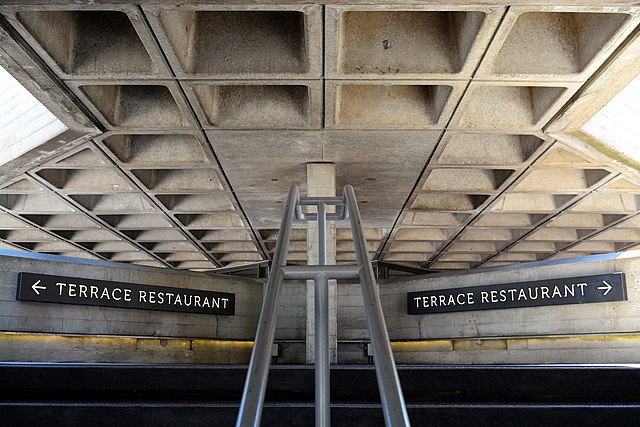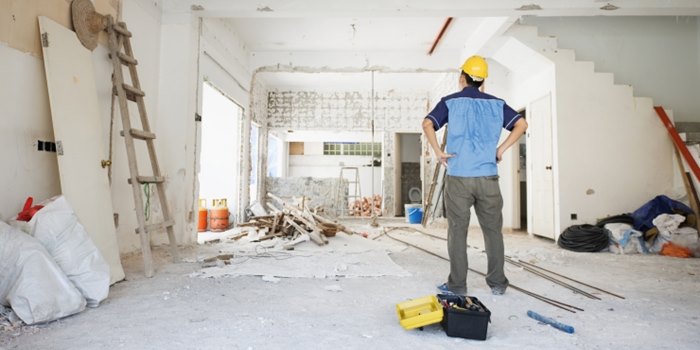A Waffle Slab or ribbed slab is a type of slab which is plain on its top and holes beneath, giving an appearance of waffles. The top of the ribbed slab is normally thin and bottom grid lines are generally ribs which are perpendicular to each other with equal depth.

It is usually used where large spans are required to avoid many columns interfering with space. It has bi-directional reinforcement. Hence thick slabs spanning between wide beams are required. It is also called a two-way joist slab.
Since the tensile strength of concrete is mainly satisfied by steel bar reinforcement, only the “ribs” containing the reinforcement are kept where the remaining ‘unused’ concrete portion below the neutral axis is removed, to reduce the self-weight of the slab. This is attained by placing clay pots or other shapes on the formwork before casting of the concrete.
Purpose of Waffle slab
Waffle slab provides a stiffer and lighter slab than the similar flat slab. The speed of construction waffle slab is faster than the conventional slab. It is economical and light-weighted.
It uses approximately 30% less concrete and 20 % less steel than a raft slab. They provide low floor deflections. It has good finishes and robustness. It has fairly slim floor depth and fire-resistant. It has excellent vibration control.
Characteristics of Waffle slab
- Waffle slabs are mostly suitable for flat areas.
- Reinforcements are provided in the form of a mesh or individual bars.
- Recommended thickness is 85 to 100 mm and the recommended depth of slab is limited to 300 to 600 mm.
- The volume of concrete required is less as compared to others.
- In waffle slab, separate excavation for the beam is not required.
- Provided width of the beam is normally 110 to 200 mm.
- Recommended spacing of ribs is 600 to 1500 mm.
- The bottom surface of the slab looks like a waffle. It is obtained by using cardboard panels or pods etc.
- It is good against shrinkage.
Application of Waffle slab
- It is used where the vibration issue occurs.
- It is also used where large span slabs are to be constructed.
- It is used where low slab deflection and high stability are required.
- For example- it is used at the airport, hospitals, commercial and industrial buildings etc.
Advantages of Waffle slab
- It is used for a larger span of slabs and floors.
- Load-carrying capacity is greater than the other types of the slab.
- It saves material and reduces weight.
- Fast and speedy construction.
- It has good vibration control capacity.
- It is lightweight.
- Attractive soffit appearance when exposed.
- Vertical penetration between ribs is easy.
- Economical when reusable formwork is used.
Disadvantages of Waffle slab
- It requires strict supervision.
- It requires skilled labour.
- It is difficult to maintain.
- It requires a greater floor to floor height.
- They are not suitable against high winds.
- It is also not suitable in cyclonic areas because of its light.
Also Read:

